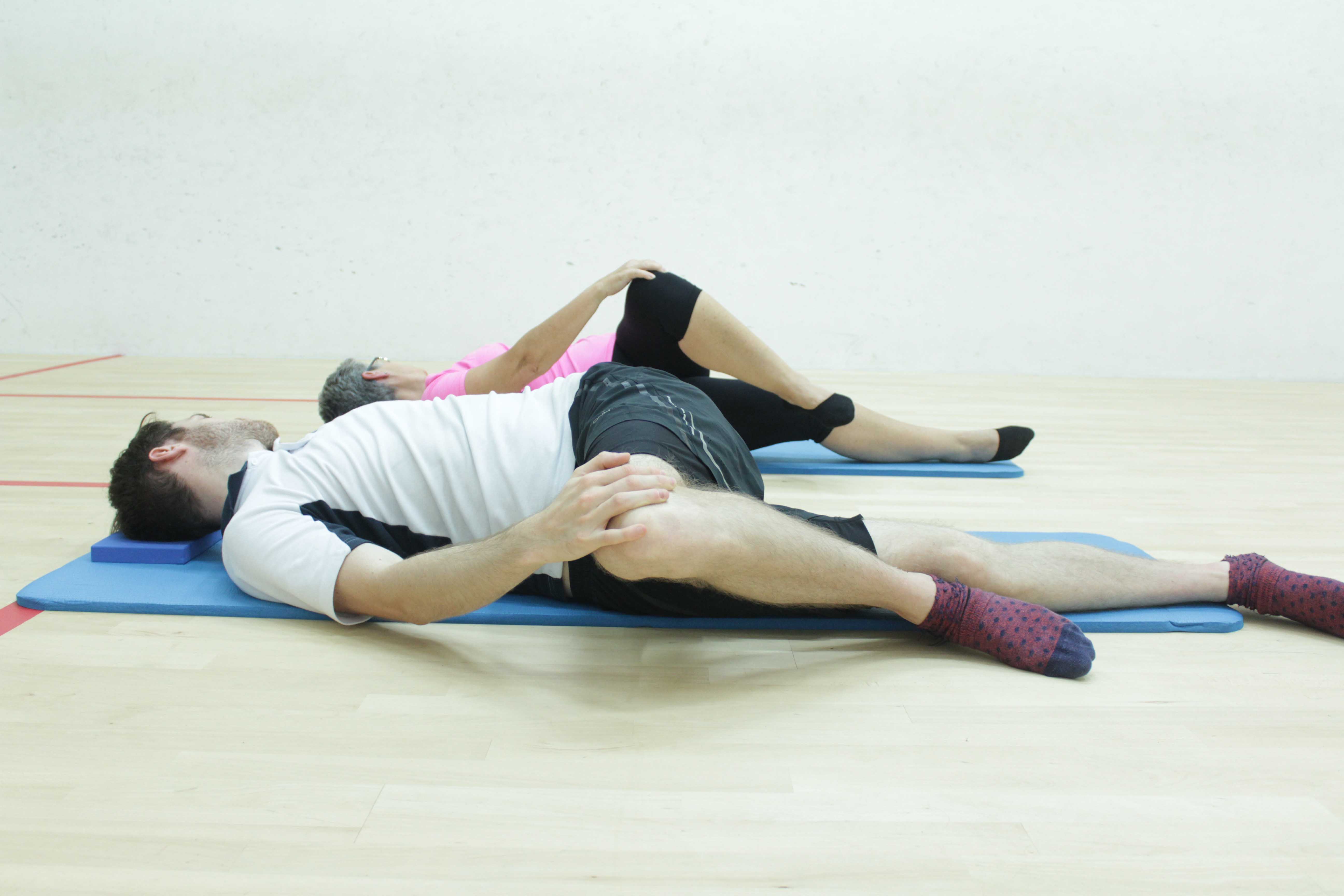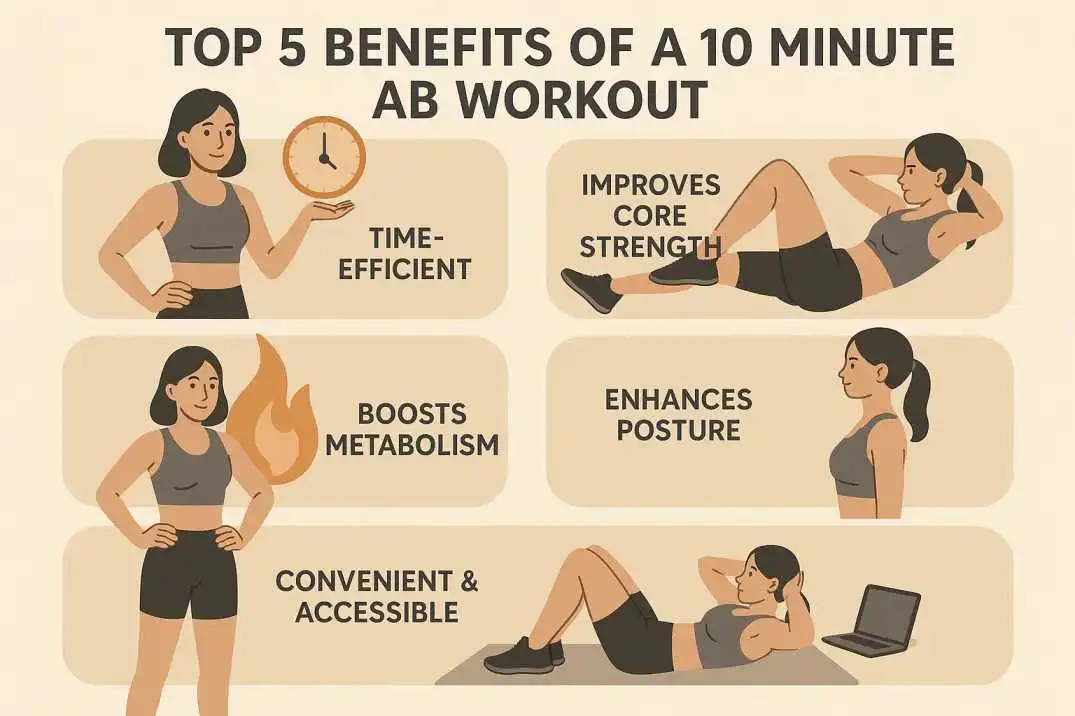This is one of the most usually posed inquiries when somebody begins The Ideal Exercise. It's additionally one of the most moving inquiries to respond to.
The response is complicated on the grounds that it depends on many elements. Too, "results" could mean various things: fat misfortune, added strength, more energy, better rest, or noticeable muscle development.
Any reasonable person would agree the vast majority need to have the option to see some muscle definition. Thus, in this article, we will talk about what the examination says on when you ought to begin seeing muscle development, what are not indications of muscle development, and how that course of events can be facilitated.
Why We All Want Muscle?

Before we profound jump into everything muscle development, it's vital to remember this - strength preparing isn't only for developing greater muscles. As a matter of fact, strength preparing accomplishes such a great deal more for your general wellbeing and life span than just looking conditioned and solid.
Here are a few valid justifications to construct muscle:
Keep away from muscle misfortune
Keep away from metabolic rate decrease
Increment bulk
Increment metabolic rate
Diminish muscle versus fat
Increment bone mineral thickness
Further develop glucose digestion
Speed up
Diminish resting pulse
Further develop blood lipid levels
Lessen low back torment
Lessen joint agony
Lessen discouragement
As you can see from that multitude of advantages, building muscle isn't only for looks. In any case, in the event that you are worried about getting "enormous and cumbersome" or need more data on what strength preparing means for men versus ladies, this may be an ideal article for you.
Misleading Signs Of Muscle Growth

Muscle development begins very quickly while strength preparing starts. Notwithstanding, acquiring a recognizable measure of muscle takes somewhat longer. Prior to examining a timetable, we should discuss what are NOT signs of developing muscles.
Muscle Irritation
"I like being sore the following day since I realize I followed through with something."
The greater part of us have said or felt as such after an exercise.
Irritation, albeit satisfying for some, is definitely not an indication of whether you invigorated your muscles to develop. Peruse that once more.
Sore muscles just demonstrate that you explored new territory or uncommon for your muscles.
Strolling 20 miles in a day would probably cause the majority of us to have sore leg muscles, however it won't assist with developing your muscles.
Early Strength Gains
Having the option to lift progressively significant burdens is regularly a sign that your muscle cells are expanding. The exemption for this is toward the beginning of another preparation program or routine while your body figures out how to effectively lift loads.
For the initial not many weeks, individuals gain strength because of neurological variations. All in all, the sensory system turns out to be more productive and viable at animating facilitated development on the activities. This makes the development [lifting weighty weights] more programmed and apparently simpler.
Following half a month, acquiring strength is essentially a consequence of muscle development and less because of misleading neurological variations.
The Post-Workout Muscle “Pump”

One of our #1 pieces of the strength preparing experience is having enlarged muscles following the exercise.
Why?
It's stylishly satisfying (and we are in general somewhat at real fault for looking at ourselves in the mirror a few times after the exercise). This impact, known as "transient hypertrophy," is because of a momentary increment of blood plasma in and around muscle cells. It provides the muscles with a brief appearance of looking bigger and more shapely … otherwise known as, the "siphon."
The siphon just endures a couple of hours and is definitely not an immediate sign of muscle development.
How Long Does It Take To Build Muscle?

Building muscle takes time and a great many people start to see actual outcomes, or "seeing their muscles" after around 3-5 weeks. In any case, muscles start getting more grounded inside the principal seven day stretch of solidarity preparing and keep on getting more grounded with predictable exercises.
Now that we know muscle irritation and a post-exercise reflect check aren't dependable ways of measuring muscle development, how do we have any idea while we're building muscle? Furthermore, how long does everything require?
The muscle development timetable was concentrated by scientists at the College of Oklahoma. CT examines were directed week after week on men who began a strength preparing program. Like The Ideal Exercise, the members in this study prepared two times per week.
After only multi week, muscle strands became 3.5% thicker.
Muscles developed consistently after that point:
4.5% bigger toward the finish of week 2
6% toward the finish of week 3
6.7% toward the finish of week 4
8% toward the finish of week 5
Completed at 9.6% bigger toward the finish of the review (two months)
The ends are that muscle development begins right away and consistently go on after that point.
You may be thinking, however when can I see more muscle definition? When is it perceptible?
Specialists noticed that around 7-8% development is the moment that this change should be visible. As indicated by the review, this ought to require around 3-5 weeks to begin seeing muscle development. Also, as per practice specialist Dr. Ellington Darden, "Hereditarily gifted men can most likely arrive at their greatest size in two years." (Read: not the standard.)
How might individuals see starting changes in muscle size?
Familiar ways of seeing this is garments fitting in an unexpected way, pants feeling more tight in the thigh or hip region, or "new" muscle lines showing up in the thighs or arms.
How To Build Muscle Faster?

The timetable of 3-5 weeks is the point at which you could begin to see muscle development. That timetable could be longer. Some portion of that timetable and how much muscle you fill as a general rule, is to a not entirely set in stone by your preparation propensities, other reciprocal propensities, and hereditary qualities.
Hereditary qualities and science truly do assume a part in your true capacity for muscle development, as examined in our article about the distinctions among male and female musle development. In Dr. Ellington Darden's book, The New Focused energy Preparing, he examines hereditary potential for muscle development.
To put it plainly, the length of significant muscles decide hereditary potential for muscle development since longer muscles can be increasingly wide muscles lead to more volume. So you can't do a lot of about things like that. Yet, there are three key things you can do.
The following are three elements in your control that influence how much muscle you develop and how rapidly you notice it.
1. Exercise Consistency And Frequency
How much activity you do is a major figure deciding how much muscle development. Preparing three times each week will probably increment muscle development faster than preparing on more than one occasion each week.
Obviously, you can want to prepare three times each week, yet on the off chance that you are often missing meetings, those plans won't change over completely to genuine outcomes.
It's likewise vital to realize that preparing three times each week would possibly be useful assuming that you're attempting to get greater estimated muscles and that strength for life span and better wellbeing is discrete and adequate with 1-2 exercises per week.
2. Full Range Of Motion Exercises.

The most widely recognized strength preparing mistake we find in exercise centers is an absence of full development. For instance, you could see this in a free weight twist where the individual just brings down the weight mostly down prior to beginning the following rep.
By far most of studies contrasting full development with halfway development show that lifting the full development upgrades muscle development.
3. Eating Enough Protein.
Protein is separated by the body into amino acids, which are utilized to fix and revamp muscle tissue following exercises. How much protein you consume is basic to your pace of muscle development.
Your day to day admission in grams ought to be equivalent to or more noteworthy than your weight (lbs.) duplicated by 0.75.







